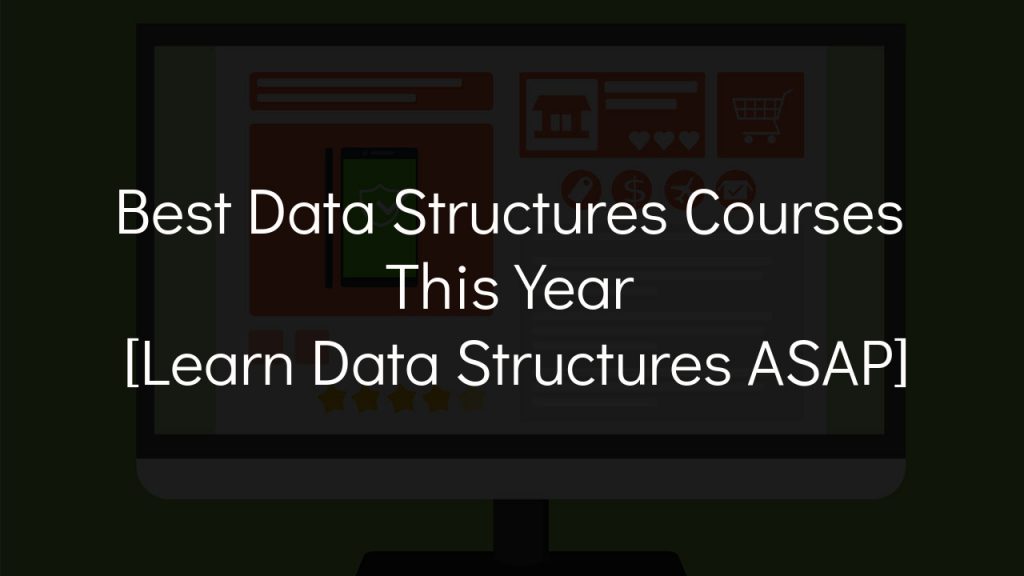Table of Contents
Today we are going to look at some of the best data structures courses of this year.
What are data structures?
Data structures are used to store data in an organized way, making data manipulation more efficient. They’re a collection of:
✅ data values
✅ relationships
✅ functions
These data structures help efficiently manage large amounts of data.
Some of the most popular data structures include:
| arrays | linked lists |
| stacks | queues |
| hash tables | trees |
| heaps | graphs |

That may not make much sense to you now, but it will after taking a course or two on data structures.
And today we’re showing you the best data structures courses for this year.
So whether you learn best by doing, by video, or a mix of the two, we think there are data structures courses for just about everyone.
This post contains affiliate links. I may receive compensation if you buy something. Read my disclosure for more details.
TLDR: Best Data Structures Courses
🔥 Best Overall 🔥
Data Structures and Algorithms in Python: Educative.io
💥 Best for Newbies 💥
Algorithms and Data Structures, Part 1: Pluralsight
💸 Best Value 💸
Master the Coding Interview: Data Structures + Algorithms: Zero to Mastery
(use promo code FRIENDS10 and save 10%)
Data Structures Courses: At a Glance
| Interactive or video-based learning | Duration | Level | Cost | |
| Data Structures and Algorithms in Python: Educative.io | Interactive | 19 hours | Intermediate | $59 per year for course / $59 per month or $199 per year |
| Master the Coding Interview: Data Structures + Algorithms: Zero to Mastery | Video | 19.5 hours | Intermediate | $39 per month or $279 per year |
| Linear Data Structures: Codecademy Pro | Both | 8 hours | Intermediate | $39.99 per month or $239.88 per year |
| Introduction to R: DataCamp | Both | 4 hours | Beginner | $25 per month / $33.25 per month |
| Algorithms and Data Structures, Part 1: Pluralsight | Video | 2.5 hours | Beginner | $29 per month / $45 per month |
| Data Structures: Coursera | Both | 25 hours | Intermediate | $49 per month for course |
| Introduction to Data Structures: Treehouse | Video | 2.75 hours | Beginner | $25 per month |
Data Structures Courses
Now let’s look at some of the best data structure courses of this year.
1. Data Structures and Algorithms in Python: Educative.io
💰 Cost: $59 per year for course / $59 per month or $199 per year for all courses and Learning Paths
⏲️ Duration: 19 hours
📉 Level: Intermediate
🖥️ Format: Interactive learning
🎖️ Certificate: Yes
Educative.io is one of our all-time favorite platforms because of its interactive learning environment. Each course is jam-packed with code snippets, coding playgrounds and exercises.
Read more: Is Educative Worth It?
Data structures (and algorithms) are absolute fundamentals of Computer Science. You’ve just… you’ve got to know them.

With hands-on exercises, you’ll learn some of the most common data structures and algorithms.
🧠 An algorithm is a step-by-step process to perform a specific task. Algorithms can use one or multiple data structures to solve a problem.
Course Layout
Educative.io is an interactive learning platform. This means that you’ll do all work within the same browser using coding playgrounds and challenges.
Data Structures and Algorithms in Python is packed to the brim with:
- 14 coding challenges
- 91 coding playgrounds
- 8 quizzes
And 600 illustrations.
The course contains 11 modules where you’ll learn about various data structures and algorithms including:
✅ lists
✅ arrays
✅ binary trees
✅ recursion
And beyond.
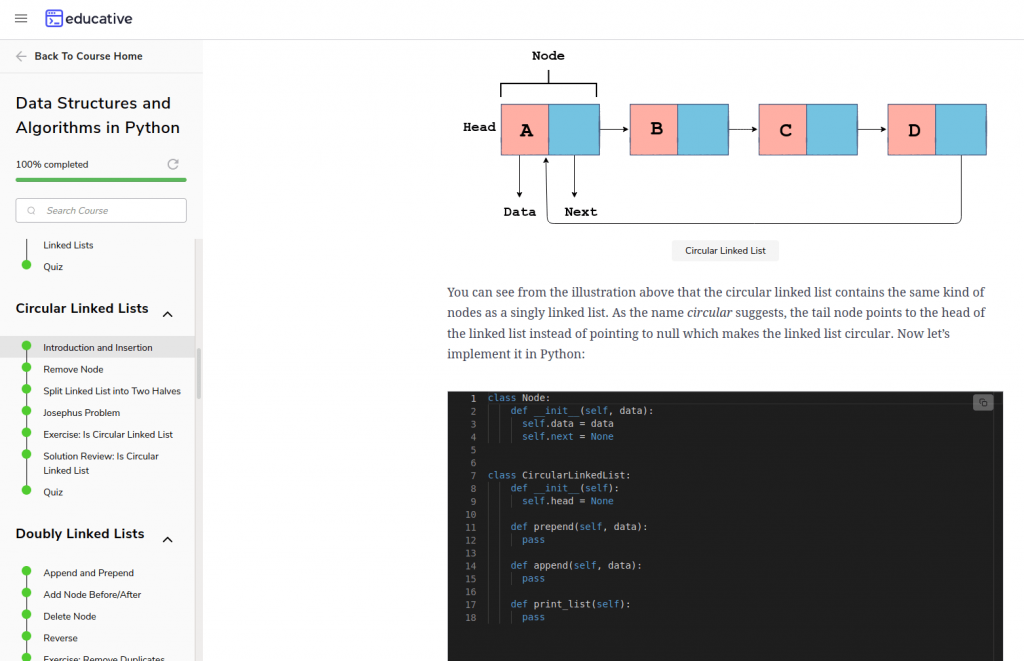
Each module contains detailed lessons with exercises and quizzes. For example, in Circular Linked Lists, you’ll learn about things like insertion and remove node. Then you’ll work on the exercise Is Circular Linked List where you’ll determine if a given linked list is circular.
🍷 Pairs well with the book Data Structures and Other Objects Using C++.
Community
While Educative.io doesn’t have a formal community, you can get help from instructors and other students at the end of each lesson.
2. Master the Coding Interview: Data Structures + Algorithms: Zero to Mastery
💰 Cost: $39 per month or $279 per year for all courses and Learning Paths
⏲️ Duration: 19.5 hours
📉 Level: Intermediate
🖥️ Format: Video
🎖️ Certificate: Yes

Zero to Mastery is the platform created by renowned and beloved instructor Andrei Neagoie.
You might know him from his highly-acclaimed bootcamp-style course The Complete Web Developer: Zero to Mastery. *insert fan girl scream here*
You’ll find that Zero to Mastery is much different than Educative.io. Instead of interactive learning, you’ll spend the majority of your time watching videos and then doing all work on your local machine instead of in the browser. In addition, you’ll find some downloadable readings.
Read our full Zero to Mastery Review.

🧠 Because videos contain text, moving images and sound, they encourage multi-sensory learning. This enables you to make cognitive connections and think more deeply.
Master the Coding Interview touts itself as a coding interview bootcamp. So instead of going slow, you can expect a fast-paced, stimulating learning experience.
In addition to learning how implement and use different data structures and algorithms, you’ll learn how to ace the FAANG interview.
Course Layout
Zero to Mastery is a video-based platform where you’ll do all work outside of the browser. In Master the Coding Interview, you’ll be redirected to LeetCode to work on a few problems.
Master the Coding Interview is a massive course with 21 modules. However, 7 modules are dedicated exclusively to data structures.
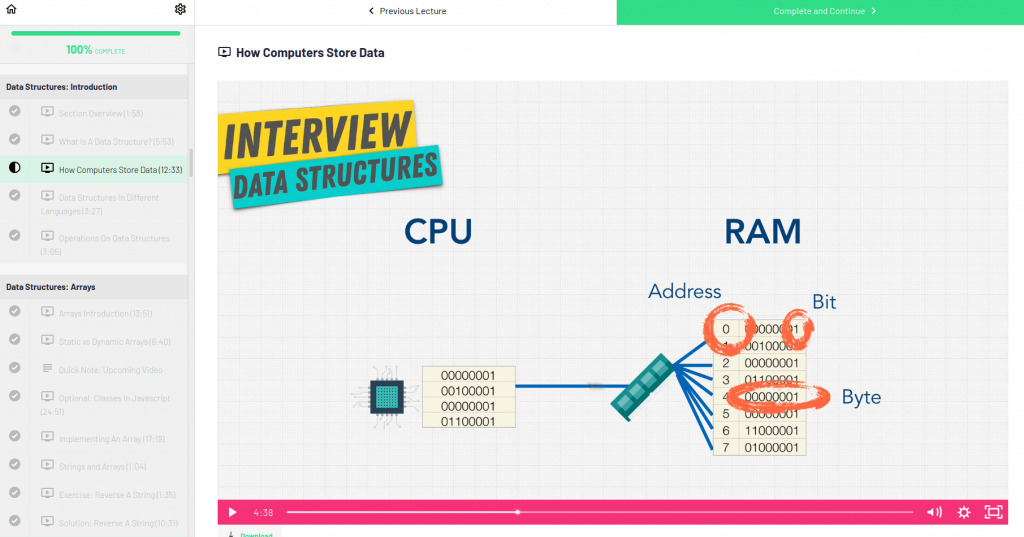
After the introduction to data structures, you’ll learn about:
| arrays | hash tables | linked lists |
| stacks + queues | trees | graphs |
Each module contains a series of lessons where you’ll explore concepts and work on exercises.
For example, in Arrays, you’ll learn about static vs. dynamic arrays. Then you’ll discover implementing an array and more.
🍷 Pairs well with the book Problem Solving with Algorithms and Data Structures Using Python.
Community
Zero to Mastery has a bustling community on Discord and LinkedIn. You can also work on open source projects and check out their job board.
Use code FRIENDS10 and save 10% off your order
3. Algorithms and Data Structures, Part 1: Pluralsight
💰 Cost: $29 per month for all standard courses and Learning paths / $45 per month for advanced courses and projects
⏲️ Duration: 2.5 hours
📉 Level: Beginner
🖥️ Format: Video
🎖️ Certificate: Yes
Pluralsight is different than all of the other data structures courses on our list because it is strictly video-based. It’s perfect for beginners.
There are no downloadable resources, no on-platform quizzes, or anything else that would make it remotely interactive.
Rather you’ll do all work on your local machine. But Pluralsight does a pretty good job of giving you instructions to get set up.
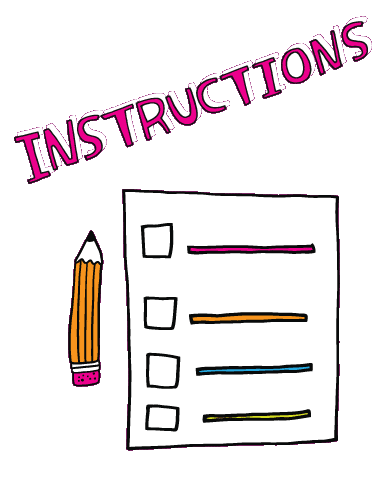
Algorithms and Data Structures, Part 1 is a beginner’s journey into learning core data structures and algorithms that are used in software development.
You’ll discover how to use these data structures in real-world applications to improve usability and increase performance… All while reducing the amount of code you use.
Course Layout
Algorithms and Data Structures, Part 1 contains 5 modules:
1️⃣ Storing and Accessing Data
2️⃣ Linked Lists
3️⃣ Stacks and Queues
4️⃣ Binary Search Trees
5️⃣ Hash Tables
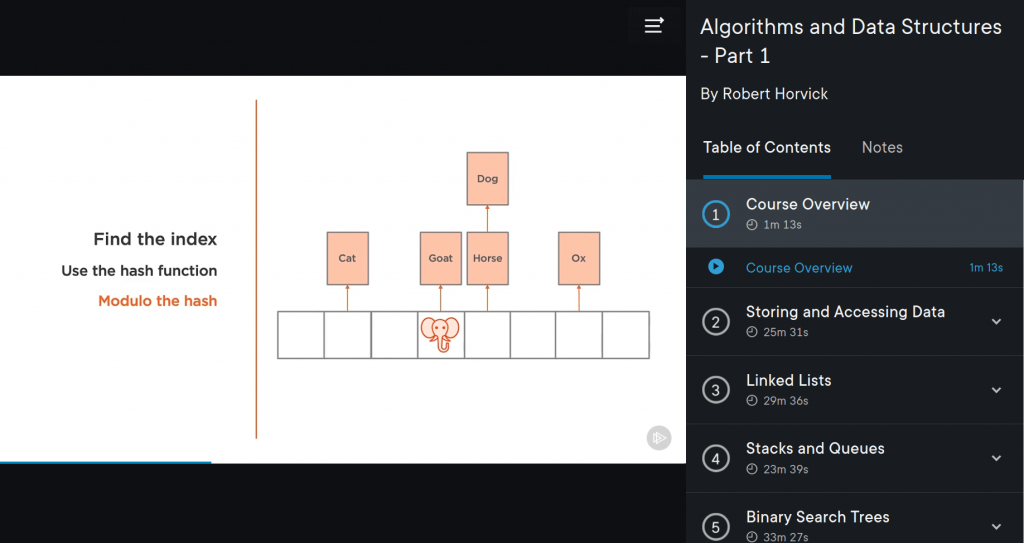
Each module contains a series of video lessons as well as demos of particular concepts such as flight recorder logging.
After Algorithms and Data Structures, Part 1, you can continue on your journey with Algorithms and Data Structures, Part 2.
Community
Pluralsight doesn’t have an official community, but encourages students to form guilds. ⚔️
4. Linear Data Structures: Codecademy Pro
💰 Cost: $39.99 per month or $239.88 per year for all courses and Learning Paths
⏲️ Duration: 8 hours
📉 Level: Intermediate
🖥️ Format: Interactive learning and video
🎖️ Certificate: Yes
Codecademy Pro is different than Educative.io, Zero to Mastery and Treehouse. They take a mash-up approach.
For example, in addition to Codecademy Pro’s interactive learning environment, you’ll find videos that introduce new concepts.
Check out our full Codecademy Pro Review.
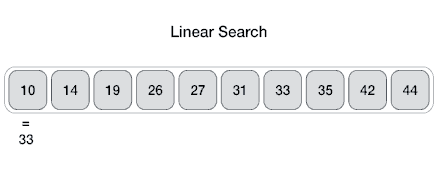
In Linear Data Structures, you’ll build fundamental data structures in computer science: lists, stacks and queues.
🧠 Linear data structures contain elements that are arranged sequentially. So one element is connected to the previous and next element.
Course Layout
As we mentioned, Codecademy Pro uses a blend of interactive learning and videos to teach concepts. And like other interactive learning courses, you’ll do all work in the browser.
So there’s no need to set up your own developer environment.
You’ll learn data structures in Linear Data Structures with four modules:
1️⃣ Learn Nodes
2️⃣ Linked Lists
3️⃣ Learn Stacks
4️⃣ Learn Queues
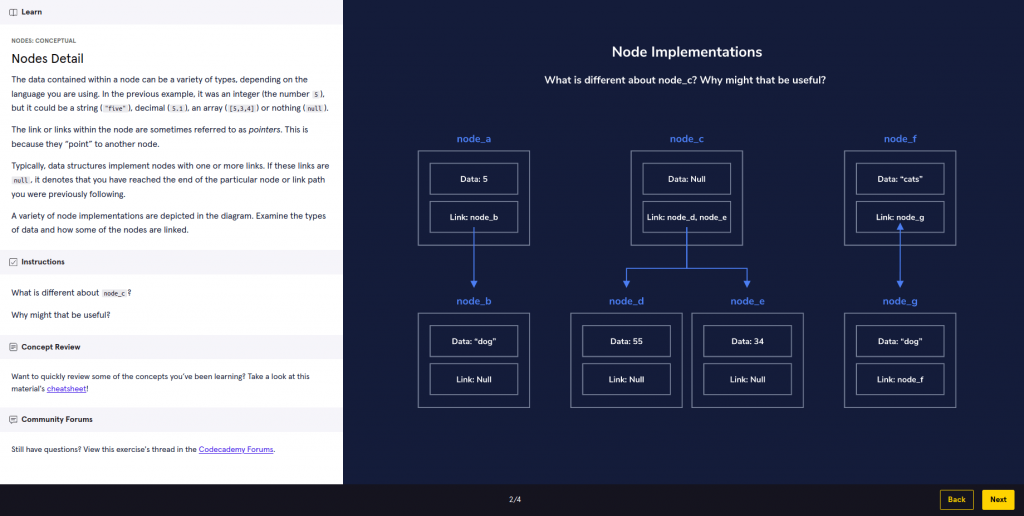
Each module has two lessons and two multiple choice quizzes. But the module Learn Stacks has something the other’s don’t: a project.
In the project Towers of Hanoi, you’ll use what you’ve learned about stacks to move a stack of disks from from Point A to Point C. But it’s not as simple as it seems: You can never place a larger disk on top of a smaller disk. 🤔
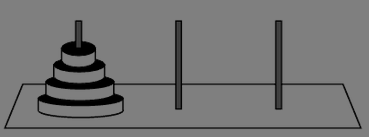
After Linear Data Structures, level up with the course Learn Complex Data Structures on Codecademy Pro.
Community
Codecademy has an active forum where you can get help from other students, share projects and more.
5. Introduction to R: DataCamp
💰 Cost: $25 per month for all courses and Learning Paths / $33.25 per month for all courses, Learning Paths and projects
⏲️ Duration: 4 hours
📉 Level: Beginner
🖥️ Format: Interactive learning and video
🎖️ Certificate: Yes
Introduction to R is a much different course than any of the other data structures courses we’re looking at today.
That’s because R programming is related to data analysis and data science. So if you aren’t interested in learning data structures in data analysis, then Introduction to R probably isn’t for you.

In this course, you’ll learn the basics of data analysis by using data structures like vectors, data frames and matrices.
Course Layout
DataCamp has a very similar layout to Codecademy Pro. It’s an interactive learning platform sprinkled with videos to introduce new concepts. You’ll do all work inside the same browser with DataCamp’s embedded code editors.
In this gamified environment, you’ll get points for every lesson you complete. 🎮
🧠 Gamified teaching is used to motivate students to learn by using gaming elements in learning environments.
Introduction to R contains 6 modules including three on data structures:
✅ Vectors
✅ Matrices
✅ Data Frames
Each module contains a number of lessons in this exercise-heavy course. For example, in the Vectors module, you’ll work on sixteen exercises.
The other modules are similar in size.
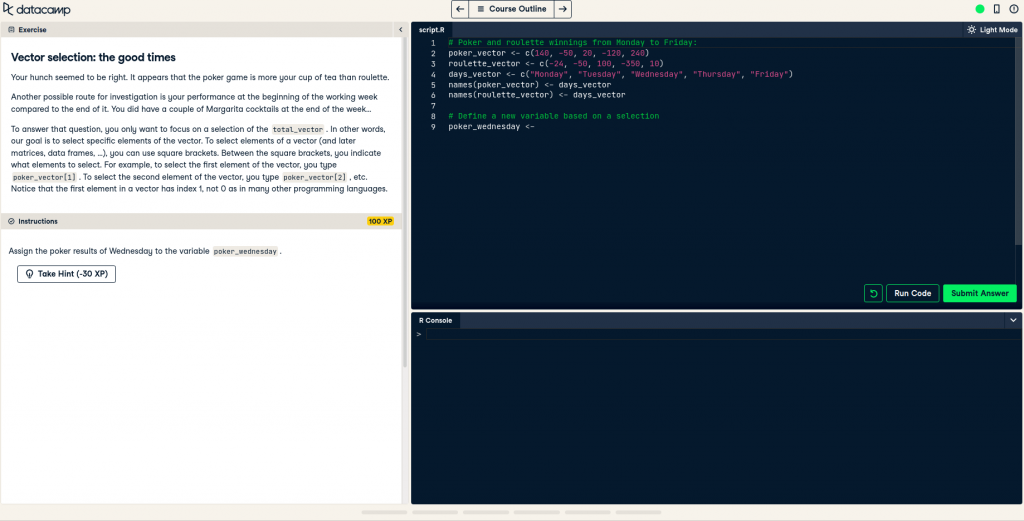
Find out what we think of DataCamp in our DataCamp Review.
Community
DataCamp has a forum where you can:
- chat with students
- get the latest news
- read the DataCamp blog
- tune into the DataCamp podcast
And more.
6. Data Structures: Coursera
💰 Cost: $49 per month
⏲️ Duration: 25 hours
📉 Level: Intermediate
🖥️ Format: Video and interactive learning
🎖️ Certificate: Yes
Coursera is similar to Zero to Mastery because it uses a blend of videos and readings.

In the course Data Structures, you’ll learn about data structures that are used to enable algorithms to efficiently manipulate data.
Course Layout
As we mentioned, Coursera is a video-based platform. But in this course, you’ll also participate in on-platform exercises and quizzes.
Data Structures is separated into week-long modules. These 4 modules cover:
- basic data structures
- arrays
- queues
- hash tables
And more.
Each module contains ample videos, readings and exercises or quizzes. For example, in the Hash Tables module, you’ll find 22 videos, 4 readings and 2 exercises.
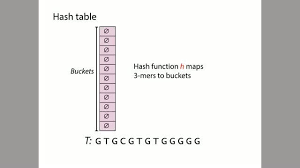
Community
There are forums within courses where you can get help from mentors and other students.
7. Introduction to Data Structures: Treehouse
🚨 ALERT 🚨
As of September 2021, Treehouse has laid off 90% of its staff. The future of Treehouse is unknown.
💰 Cost: $25 per month for all courses and Learning Paths
⏲️ Duration: 2.75 hours
📉 Level: Beginner
🖥️ Format: Video
🎖️ Certificate: No
Treehouse is similar to Zero to Mastery in that it’s a video-based course. But at only 2.75 hours, Introduction to Data Structures is much shorter than Master the Coding Interview.
So if you have a short attention span, this might be the course for you.
🧠 Short courses can be beneficial for “taste-testing” a career path. You can see if you find the material interesting. Then you can pursue more in-depth courses.
Introduction to Data Structures focuses on two data structures: arrays and linked lists. Then you’ll merge data structures with algorithms to solve sorting data by using the merge sort algorithm.
Course Layout
Treehouse is a video-based platform where you’ll do all work outside of the platform on your local machine.

Introduction to Data Structures contains 4 action-packed modules:
✅ Exploring Arrays
✅ Building a Linked List
✅ The Merge Sort Algorithm
✅ Merge Sort and Linked Lists
Each module contains a series of lessons. For example, in Exploring Arrays, you’ll learn about array basics, characteristics and operations. Then you’ll find code snippets and multiple choice quizzes.
🍷 Pairs well with the book Codeless Data Structures and Algorithms.
Community
Treehouse has a community where you can get help from other students.
Data Structures Courses: Conclusion
Today we looked at the best data structures courses of this year, and three came out on top:
Best Overall
Data Structures and Algorithms in Python: Educative.io
Best for Newbies
Algorithms and Data Structures, Part 1: Pluralsight
Best Value
Master the Coding Interview: Data Structures + Algorithms: Zero to Mastery
So whether you’re looking for value, newbie-friendliness or the best overall, we think there are data structures courses for just about everyone.
Readers of Best Data Structures Courses are also reading:
- 19 Best Books for Data Structures This Year
- 8 Courses to Learn Algorithms and Data Structures
- 8 Best Deep Learning Courses
- 12 Best Data Science Books for Beginners
- 10 Best Big Data Books
- 11 Best Data Analysis Books
What are the best data structures courses?
Overall, we prefer Data Structures and Algorithms in Python by Educative.io. For newbies, we think Algorithms and Data Structures, Part 1 on Pluralsight is the way to go. And for value, we liked Master the Coding Interview: Data Structures + Algorithms by Zero to Mastery. Learn about these data structures courses and more in today’s post.
What are data structures?
Data structures are used to store data in an organized way, making data manipulation more efficient. They’re a collection of data values, relationships and functions that can be applied to the data. These data structures help efficiently manage large amounts of data. Learn more about data structures in today’s article.
Is the course Data Structures and Algorithms in Python worth it?
We think the course Data Structures and Algorithms in Python on Educative.io is worth it. You’ll learn some of the most common data structures and algorithms you’ll see in interviews and your day to day work. You’ll do all work within the same browser using coding playgrounds and challenges. Data Structures and Algorithms in Python is packed to the brim with 14 coding challenges, 91 coding playgrounds, 8 quizzes and 600 illustrations. The course contains 11 modules where you’ll learn about various data structures and algorithms. Learn more about this course in today’s post.
